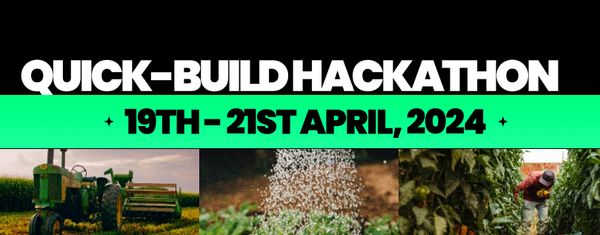Working with cross-functional teams (roles & case studies)

As a UI/UX designer, collaboration with product managers, product owners, and engineering teams is crucial for delivering user-centric solutions that meet business goals. Understanding how to work effectively with these stakeholders ensures a seamless design-to-development process, enhances communication, and leads to successful product outcomes.
Understanding Stakeholders' Roles
- Product Managers (PMs)
- Role: PMs are responsible for defining the product's strategy, roadmap, and features. They bridge the gap between the business side and the technical team, ensuring that the product aligns with the company’s goals.
- Expectations from UI/UX Designers: PMs expect UI/UX designers to provide insights into user needs, create wireframes and prototypes, and ensure that the design meets the strategic objectives of the product.
- Product Owners (POs)
- Role: POs are often part of Agile teams and focus on maximizing the value of the product. They manage the product backlog, prioritize tasks, and make decisions about what to build next.
- Expectations from UI/UX Designers: POs expect designers to collaborate on user stories, ensure designs are feasible within the sprint timelines, and adjust designs based on stakeholder feedback.
- Engineering Teams
- Role: Engineers build the product based on the designs and requirements provided. They are focused on the technical implementation, performance, and scalability of the product.
- Expectations from UI/UX Designers: Engineers expect clear, detailed design specifications, collaboration during the handoff process, and openness to discussing technical constraints or adjustments.
Practical Case Studies
- Case Study 1: Design-Development Collaboration in Agile Activity: Simulate an Agile sprint where designers must quickly iterate on designs based on evolving user stories and feedback. Use tools like Figma for rapid prototyping and Jira for task management.
- Scenario: A UI/UX designer working with a product owner and an engineering team in an Agile environment.
- Challenge: Ensuring design consistency across sprints while accommodating continuous feedback.
- Solution: The designer created a design system with reusable components, collaborated with the PO to refine user stories, and participated in daily stand-ups to stay aligned with the development team.
- Case Study 2: Balancing User Needs with Business Goals Activity: Conduct a role-play where one group represents the product management team with a business-driven agenda, and the other group represents the design team focused on user-centric solutions. The goal is to reach a compromise that satisfies both parties.
- Scenario: A product manager pushes for a feature that conflicts with user research findings.
- Challenge: Balancing business goals with user needs without compromising the user experience.
- Solution: The designer presented user research data to the PM, showing the potential negative impact on user satisfaction. They collaborated to find a middle ground that met business objectives while addressing user concerns.
- Case Study 3: Managing Technical Constraints Activity: Present a design challenge where designers must adapt their designs to specific technical constraints provided by an engineering team. Discuss how to negotiate and find solutions that work for both design and development.
- Scenario: An engineering team highlights a technical limitation that impacts the original design.
- Challenge: Adapting the design without losing its core functionality or aesthetic appeal.
- Solution: The designer worked closely with the engineers to understand the constraint, then proposed alternative design solutions that maintained the user experience while being technically feasible.
Activities and Operations
- Design Handoff Workshops
- Objective: To streamline the handoff process between design and development.
- Activity: Conduct a workshop where designers and engineers collaborate on a mock handoff. Focus on creating detailed design documentation, including interaction states, asset specifications, and responsive behaviors.
- Cross-Functional Feedback Loops
- Objective: To foster continuous feedback between designers, PMs, POs, and engineers.
- Activity: Establish regular feedback sessions where designers present their work to both the product and engineering teams. Encourage open discussions on feasibility, user experience, and business impact.
- User Story Mapping with POs
- Objective: To align user stories with design solutions.
- Activity: Work with POs to map out user stories and identify key design touchpoints. This activity helps in understanding how each design element contributes to the overall user journey and product objectives.
- Design Critique Sessions
- Objective: To refine design solutions through constructive critique.
- Activity: Organize design critique sessions where PMs, POs, and engineers are invited to provide feedback on the design. This helps in gaining different perspectives and improving the design before development.






